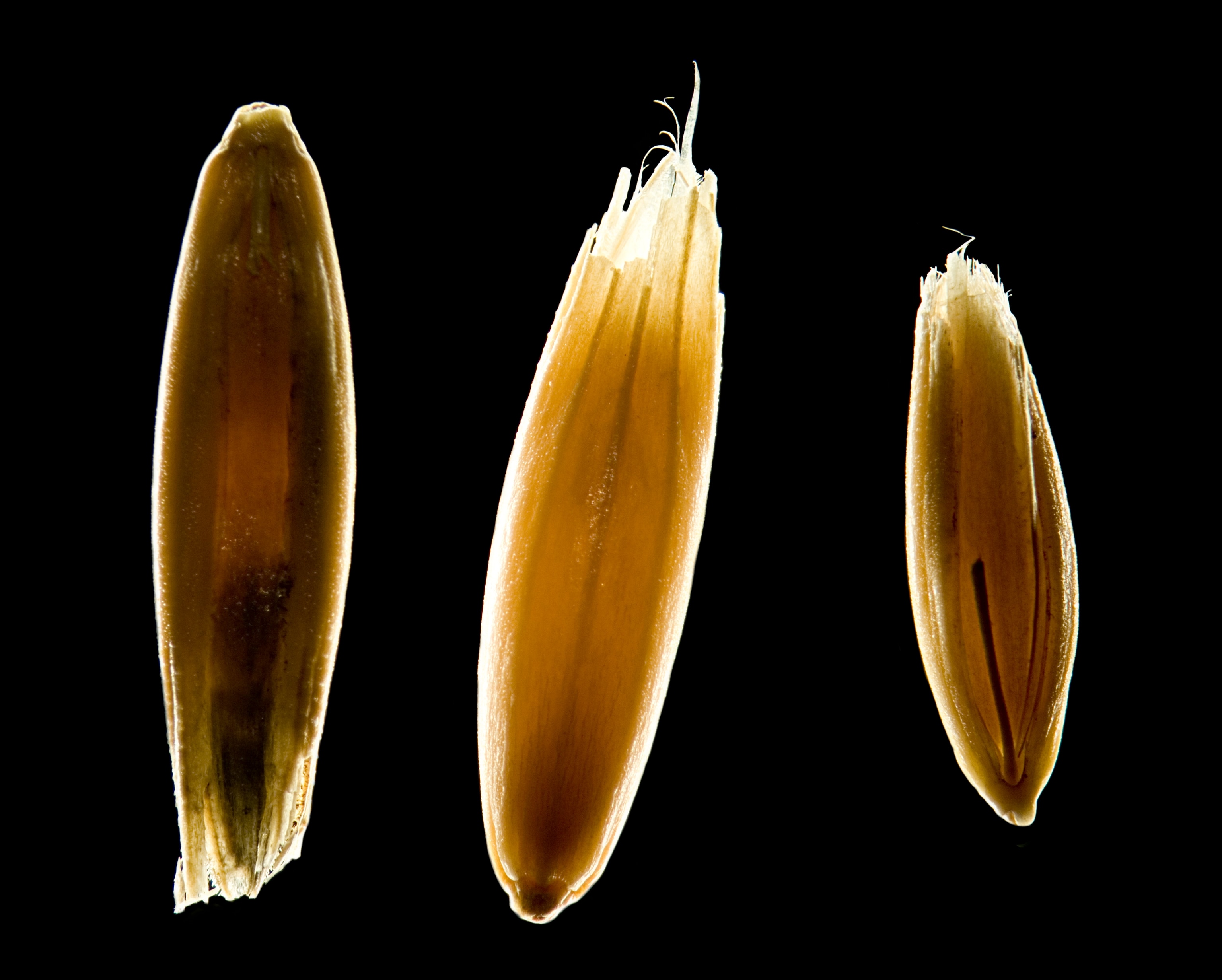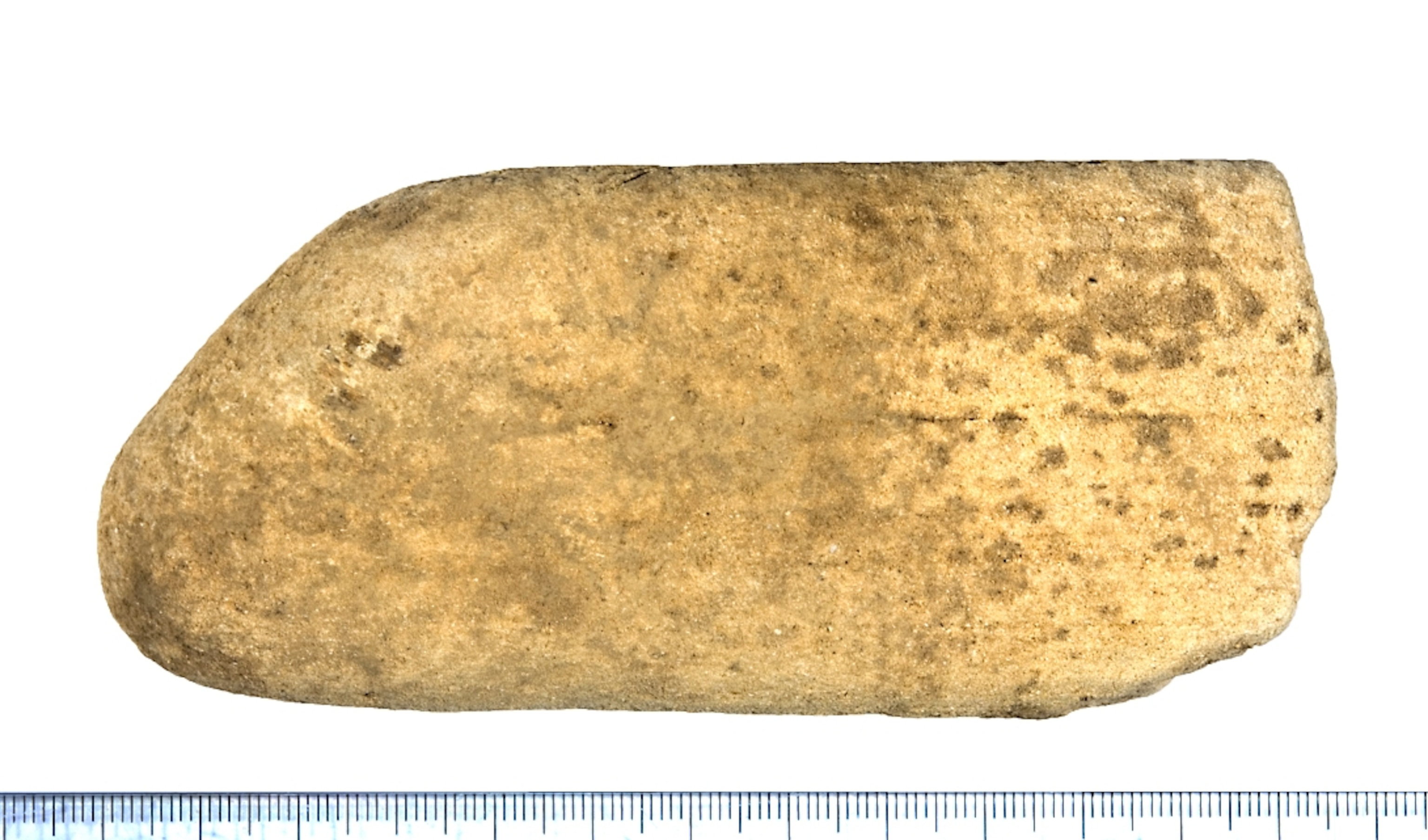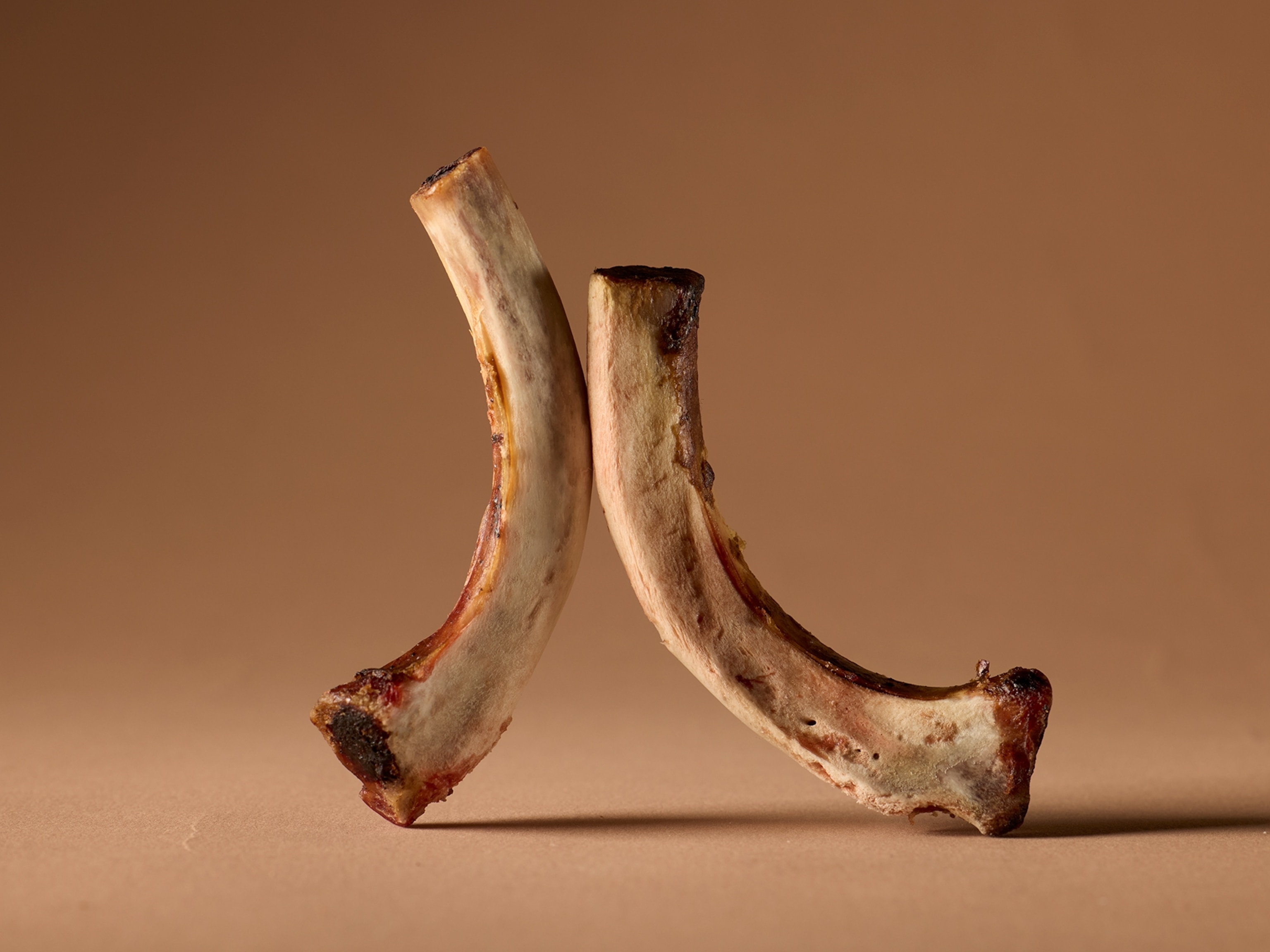
Ancient Oat Discovery May Poke More Holes in Paleo Diet
Maybe the Paleo Diet should include a nice warm bowl of oatmeal.
Strict followers of the fashionable “caveman” regimen shun starchy foods, sticking to breakfasts such as cold halibut with fruit and snacks of pork chops and celery. Bread, pasta, and potatoes are verboten. Our Stone-Age ancestors didn’t gorge themselves on grains and other starchy fare, the thinking goes, and neither should we.
But now evidence has emerged that people enjoyed their carbs even during the Paleolithic era, a period also known as the Old Stone Age that stretched from roughly 2.5 million to 12,000 years ago. A new analysis of a Paleolithic pestle shows it was dusted with oat starch, suggesting that ancient humans were grinding oats into flour and, presumably, dining on oatcakes or some other oat-based delicacy.

The discovery is the latest challenge to the notion that prehistoric people fueled up with berries and venison while forgoing grains and other starchy carbs. Scientists still debate what exactly our forebears ate and in what proportion, but a growing number of archaeological finds show that ancient people ate just about everything–including the high-starch foods forbidden by more stringent Paleo diets.
The idea that prehistoric people didn’t eat grain “is just wrong. It’s misinformed,” says Huw Barton of Britain’s University of Leicester, who studies ancient starch grains. “People ate what they could get their hands on. Eating is surviving.”
Survival may have hinged on oats some 33,000 years ago at the Italian cave called Grotta Paglicci. Inside the cave, archaeologists have uncovered paintings and what must have been a cherished tool: a sandstone pestle about 5 inches (11.8 cm) long. Analysis reveals the pestle was studded with starch granules from a cornucopia of plant materials, including grasses similar to millet and what might be acorns, the researchers report in this week’s Proceedings of the National Academy of Sciences. But the most common starch was from oats.
Eating oats during the Paleolithic would’ve been a lot more work than opening a Quaker box. The tiny grains would’ve been laboriously gathered and ground. Botanist Marta Mariotti Lipppi of the University of Florence, one of the study’s co-authors, says the pestle’s surface show it was used to grind the seeds into flour, which probably was mixed with water and cooked.
The pestle provides the oldest evidence for human oat consumption, adding to other evidence that “people were using grasses much earlier than we thought and in larger quantities than we thought, at some times of year,” Barton says. Pre-agricultural people also carbo-loaded on the tubers of the purple nut sedge, a noxious weed; underground stems of the cattail, which may have been ground into flour; and the seeds of wild wheat.
Proponents of Paleo diets say the new study doesn’t contradict their ideas about what ancient people ate or what modern people should eat. Loren Cordain, one of the founders of the Paleo movement, points out that analysis of Paleolithic skeletons at multiple sites fails to show that Stone Age people ate grain. He also says humans couldn’t have eaten large quantities of starchy foods until they could easily make fires to cook them, a milestone he puts at 75,000 or 100,000 years ago.
It has long been clear that Paleolithic people ate foods like grass seeds when they had to, says John Durant, author of The Paleo Manifesto. “Yes, we were omnivores,” he says. “But that doesn’t persuade me that we had adapted during the Paleolithic to a grain-based diet.”
Scientists agree, up to a point. Stone-Age humans weren’t shoveling in large amounts of grain. But researchers generally agree that there was no single Paleolithic diet. Before farming began about 12,000 years ago, the human diet was absurdly, wildly variable, and fluid. How people fended off hunger depended on where they lived, the season of year, weather, and countless other factors.
“The fact that Paleolithic humans and their ancestors lived in wide assortments of habitats suggests—indeed, necessitates—an equally varied assortment of diets,” Georgia State University anthropologist Kenneth Sayers says via email. We know some of the specific foods that people ate at specific places and specific times, he says. But we’ve only just started to understand the long Stone Age grocery list.
For many Paleolithic people, the bottom of the food pyramid wasn’t red meat but plant food, such as tubers or starchy plant stems, says paleobiologist Amanda Henry of the Max Planck Institute for Evolutionary Anthropology in Leipzig, Germany. The relatively complex recipe used to prepare oats at Grotta Paglicci shows they were an important food to the people there, archaeologist Anna Revedin of the Italian Institute of Prehistory and Early History, a co-author of the oat study, says via email. Humans also ate snails, worms, grubs—“all kinds of little things that we would never think about now … would have been consumed on a daily basis,” Barton says.
Even some Paleo advocates don’t necessarily disagree. “The current food supply can’t hold a candle to Paleolithic man’s diet in terms of diversity,” Sarah Ballantyne, who blogs as The Paleo Mom, says via email. For her, Paleo diets are about improving nutrition, not about slavishly emulating the caveman’s eating habits.
Which is just as well, because it’s pretty much futile to try to eat exactly like a Stone Age diner. After 12,000 years of human domestication and travel, nearly all the foods in the grocery store look nothing like the wild plants and animals our ancestors picked and hunted (see Why There’s No Such Thing as Local Food.)
Traci Watson is a science writer in Washington, D.C.








